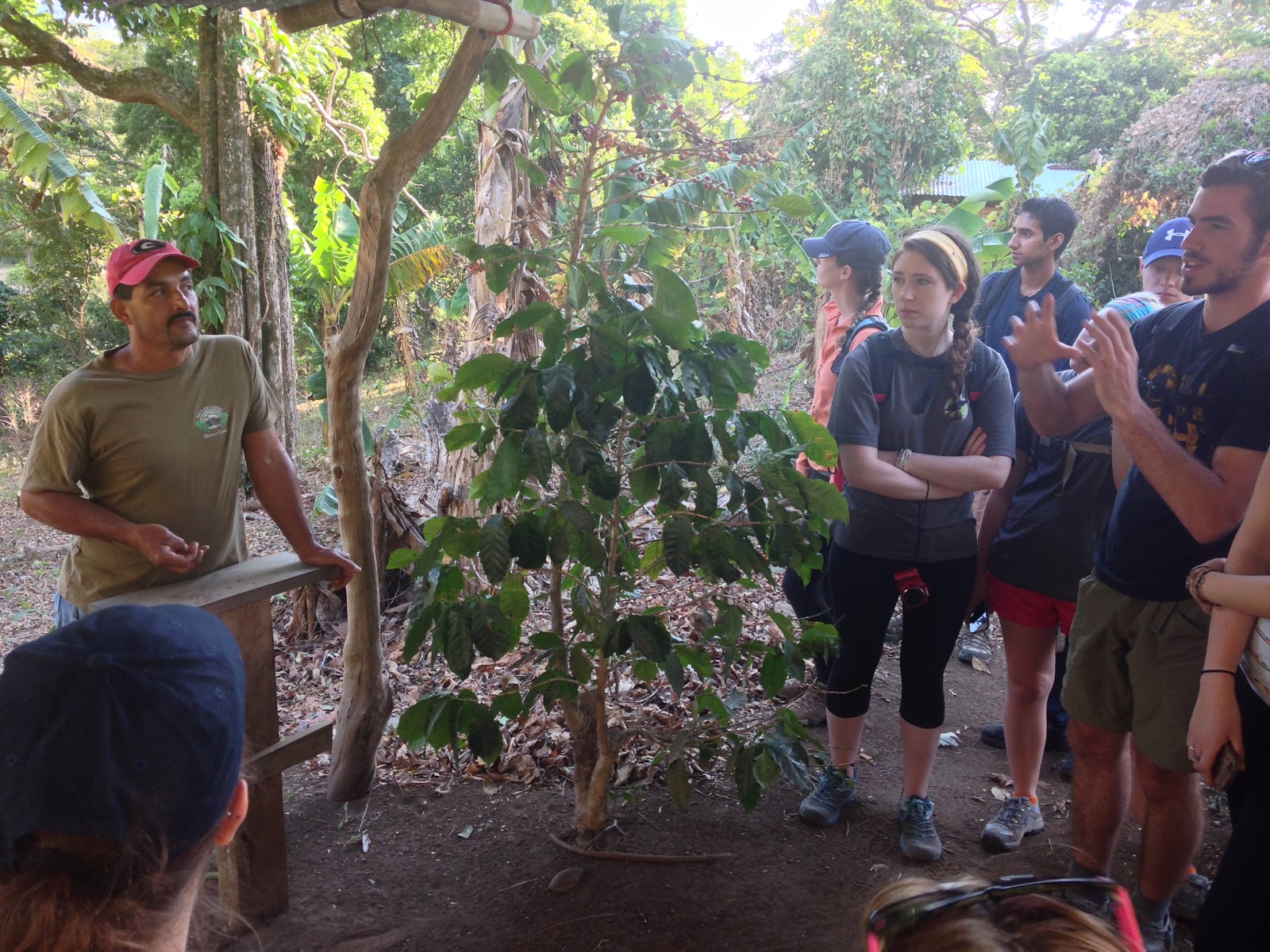Listen to the commentary
Real Audio | MP3 download
What’s wrong with garlic mustard? Ask Marilyn Leger, and she’ll tell you that no plant is bad, but that garlic mustard is one of many plants that can produce bad effects when people establish them in the wrong place. And natural areas in Illinois are definitely the wrong place for garlic mustard.
Garlic mustard was brought to North America by European immigrants in the 1860s as a culinary herb, but by the late twentieth century it proved to be one of the worst plants ever introduced in the northeast and Midwest. Left alone, garlic mustard crowds out native plants, which can lead to any number of bad effects, from depriving insects and the animals that eat them of an important food source, to depriving birds of the cover they need for nesting, and more.
Leger is co chair of the Invasive Plant Task Force, a committee of the east central Illinois Master Naturalist Program. The task force also works toward change in the policies and behaviors that promote the spread of invasive plants, and combats invasive plants through direct action.
 Currently, it is conducting the fourth annual Great Garlic Mustard Hunt, a weeks-long series of opportunities for volunteers to help control garlic mustard in natural areas by pulling the plants. (It’s important to do that in the spring, while the ground is soft and before they go to seed.)
Currently, it is conducting the fourth annual Great Garlic Mustard Hunt, a weeks-long series of opportunities for volunteers to help control garlic mustard in natural areas by pulling the plants. (It’s important to do that in the spring, while the ground is soft and before they go to seed.)
[Photo by Marilyn Leger. Past Great Garlic Mustard Hunt participants, left to right: John McWilliams, Nathan Hudson, Eileen Borgia, Mike Daab, Cindy Strehlow, Susan Campbell. At Homer Lake Forest Preserve.]
Last year’s hunt involved more than 150 participants, who together removed more than seven tons of garlic mustard from sites including Allerton Park near Monticello, Meadowbrook Park in Urbana and the Homer Lake Forest Preserve.
Unfortunately, pulling garlic mustard is a rearguard action. It is nearly impossible eradicate weedy plants once they become invasive, despite the good will and hard work of dedicated volunteers. The most effective way to fight the establishment of invasive, exotic plants is through effective regulation at the state and national levels.
For thoughts on that, I turned to Fran Harty, who is currently a director of special projects with the Nature Conservancy Illinois. In a former role with the Illinois Department of Natural Resources, Harty was among those who in the 1980s helped call attention to the widespread problems caused by purposeful introductions of exotic species in the state, and developed strategies for dealing with them.
For intentional introductions such as landscaping plants or biofuels, which are planted widely, Harty suggests that the cost of early detection, eradication, and control of invasive exotic species be “taken off the shoulders of the taxpayer and placed where it belongs, with the purveyor.”
His sense of a business model that would work best in the case of intentional introductions is for the purveyor to pay to the state an up front, irrevocable “environmental insurance bond” as a cost of doing business. Money generated by these bonds would go into a “biosecurity” fund, which would be invested and used to pay the costs associated with monitoring and handling the consequences of widespread introductions that go awry.
Harty reasons that purveyors who want to introduce exotic species would be highly selective in their decisions about what plants to try if they were required to pay a significant amount up front, say $500,000 per species. If a $500,000 bond seems high, Harty points out, consider that it represents miniscule percentage of the $7.7 billion U.S. taxpayers spend every year to control invasive species.
Check the East Central Illinois Master Naturalist facebook page for details:
https://www.facebook.com/ECIMasterNaturalist
https://www.facebook.com/ECIMasterNaturalist







